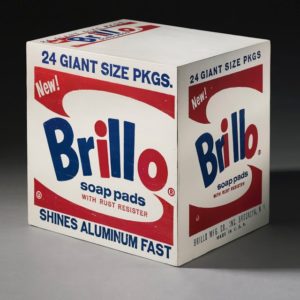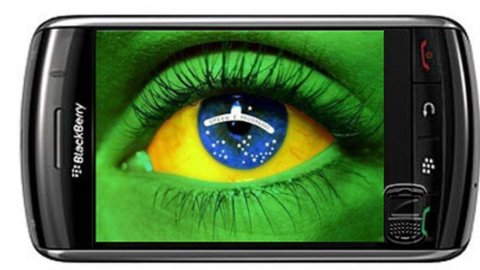Andy Warhol, died in New York on February 22, 1987 for a trivial gallbladder surgery, but why do we start with the date of death of one of the most influential artists of the twentieth century who embarks on the Charon ferry? Well, just to tell the man that he wants to become a great man not to get discouraged: life always offers a chance. Andy's story is emblematic and fascinating at the same time.
Warhol he is an eclectic artist to the point that he tries his hand at painting with great success, a sculptor by chance, screenwriter, producer, director, actor and cinematographer for sure as a hobby, but is it so?
Because there are many people who claim that he wanted to gain notoriety at all costs and for this reason he left absolutely no stone unturned on what was congenial to him. His success comes with painting, which dramatically increases the value of his works especially after his death. The other activities remain a consequence of his pictorial notoriety.
It was only after graduating in 1949 in Pittsburg, where he was born on August 6, 1928, that he moved to New York. The "big apple" immediately offered him the opportunity to establish himself in the world of advertising by working for the legendary Vogue and Glamor magazines; although the real coup de theater came when the radical feminist Valerie Solanas, attentive to Endy's life by shooting him with a pistol together with her partner at the time, Mario Amaya.
Fortunately, both survived, but on the other hand, unfortunately, the assassination of Bob Kennedy two days later made the attempted murder of Warhol, who also refused to testify about what had happened to him, seem secondary. However, he died very young after the end of his last work Last Supper, inspired by Leonardo's Last Supper.
It was in 1989, two years after his death in the operating room, that the New York Museum of Modern Art I dedicate a major retrospective to him. From that moment Warhol's fame and quotations grew to the point of making him the second most bought and sold artist in the world after Picasso.
Andy's pictorial activity counts many works because he produced them in series with the help of screen printing: the most famous have become icons, such as Monroe, Mao, Che Guevata, Diana of England and Farah Diba.
Repetition was his successful method, in fact on large canvases he reproduced the same image many times, altering the colors (mainly lively and strong). He took advertising reproductions of large commercial brands or of social impact such as road accidents and electric chairs, this is how he managed to empty the same image that he represented with its large-scale repetition of all meaning.
Later he also revisited the great works of the past, such as Leonardo's Last Supper and the masterpieces of Paolo uccello e Piero della Francesca. Andy tried to pay homage to undisputed works of art instead of the mass media which in some cases tried to discredit him; however pop art was one of the main icons that accompanied the economic boom at the time.
Confirming their social status, for the VIPs of the time being portrayed by Warhol became a "must". On this theme in the spring of 2009 was set up at Grand Palais in Paris the exhibition Le Grand Monde d'Andy Warhol where Gianni and Marella Agnelli were also exhibited who posed for him in 1972.
Andy Warhol has also created some sculptures that reproduced some of his famous silkscreen works in multiple dimensions, such as the boxes of Brillo detergent, but that's all.

His cinematographic activity is interesting and manifests itself already in 1963, when the artist, after having frequented the New America Cinema circuit, decides to buy a camera. Warhol's films from this early period can be defined as minimal: they show repeated and time-expanded actions filmed with a fixed camera. These early films are like paintings which, instead of being hung, are projected onto a white wall.
This is how the eclectic Andy Warhol breaks into the art world until he becomes its absolute protagonist, to the point of competing with Pablo Picasso.





